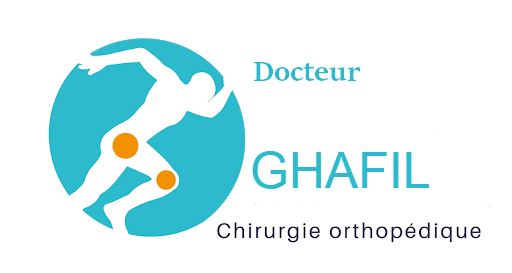Avascular Necrosis of the Femoral Head
Avascular Necrosis of the Femoral Head
Causes and risk factors :
Avascular necrosis is the death of bone tissue due to a lack of blood supply. Also called osteonecrosis, it can lead to tiny breaks in the bone and the bone’s eventual collapse.
A broken bone or dislocated joint can interrupt the blood flow to a section of bone.
Anyone can be affected, but the condition is most common in people between the ages of 30 and 50.
The main risk factors for developing avascular necrosis include:
- Injuries, such as hip dislocation or fracture, can damage nearby blood vessels and reduce blood flow to bones.
- Steroid use.Use of high-dose corticosteroids, such as prednisone, is a common cause of avascular necrosis. The reason is unknown, but one hypothesis is that corticosteroids can increase lipid levels in your blood, reducing blood flow.
- Excessive alcohol use.Consuming several alcoholic drinks a day for several years also can cause fatty deposits to form in your blood vessels.
- HIV/AIDS
- Sickle cell anemia
Symptoms and diagnosis :
Many people have no symptoms in the early stages of avascular necrosis. As the condition worsens, your affected joint might hurt only when you put weight on it. Eventually, you might feel the pain even when you’re lying down.
Pain can be mild or severe and usually develops gradually. Pain associated with avascular necrosis of the hip might center on the groin, thigh or buttock.
X-Ray and magnetic resonance imaging (MRI) are used to make the diagnosis and stage the disease.


Treatment :
The goal is to prevent further bone loss.
Medications and conservative therapy:
In the early stages of avascular necrosis, symptoms might be eased with medication and therapy. Your doctor might recommend:
- Nonsteroidal anti-inflammatory drugs.Medications such as ibuprofen or naproxen might help relieve the pain associated with avascular necrosis.
- Rest. Reducing the weight and stress on your affected bone can slow the damage. You might need to restrict your physical activity or use crutches to keep weight off your joint for several months.
- Exercises. A physical therapist can teach you exercises to help maintain or improve the range of motion in your joint.
Because most people don’t develop symptoms until avascular necrosis is fairly advanced, your doctor might recommend surgery. The options include:
- Core decompression.The surgeon removes part of the inner layer of your bone. Besides reducing your pain, the extra space within your bone stimulates the production of healthy bone tissue and new blood vessels.

Core decompression
- Bone transplant (graft).This procedure can help strengthen the area of bone affected by avascular necrosis. The graft is a section of healthy bone taken from another part of your body.
- Joint replacement.If your diseased bone has collapsed or other treatments aren’t helping, you might need surgery to replace the damaged parts of your joint (hip prosthesis).
